Your Biggest Investment
One of the most difficult decisions to make when buying new clubs is what type of irons to buy. Part of the problem is that if you ask ten people, you’re going to get ten different answers. In this buyer’s guide, I’ll discuss what your choices are, the two major competing theories on what you should play, and, of course, I’ll give you my thoughts.
Types of Irons
For those of you that read Golf Digest’s “Hot List” (I’ll tell you why you should stop doing that some other time), you’re probably familiar with their categories for irons. Though my disdain for the Hot List is immeasurable, I will give them credit for creating useful categories: Players Irons, Game Improvement, and Super Game Improvement. Here are the characteristics you can expect to see in each type of iron:
Players Irons
Generally, these are going to be the smallest (heel to toe) and thinnest (top line and sole) irons, and they will have the least amount of offset. These are going to be the least forgiving type of irons, they feature shallow cavities or none at all, so missing the sweet spot will be penalized with a loss of distance. The advantage of these clubs is that they make it easier to shape your shots: high, low, left, or right. These irons are favored by “players” or those with lower handicaps.
Game Improvement (GI)
This is that “just right” middle that most of the irons on the shelf fit into. GI clubs will have some offset, a medium sized face, sole, and top line, and they will have cavities of medium depth. These clubs won’t cover up your mistakes as well as the SGI clubs will, but they give you more ability to control your ball flight.
Super Game Improvement (SGI)
These are the clubs designed with the beginner or high handicap player in mind: lots of offset, thick sole, deep cavity, and big, forgiving club faces. They are designed to go the same distance no matter where you hit the ball on the face, and they encourage a high, straight ball flight.
*Please understand that this is just a rough framework. Irons exist on a continuum, not in discrete categories. I provide the categories simply to give you a basis for thinking about iron selection.
Two Schools of Thought: “No Pain, No Gain” vs. “Make the Game Easy”
Go to any golf equipment forum, and you’ll find that the longest, most heated discussions involve who should play what kind of irons. Read enough of those threads and you’ll see that people fall into one of two groups.
“No Pain, No Gain”
“I grew up playing blades, and that’s how I learned be a good player,” is the oft-heard refrain from this group. They believe that if you want to be good, you need to play blades or players clubs so that you can see and feel your misses more acutely. They believe that being penalized in this way will force you to focus on your shots and hit the center of the face. According to this group, playing GI clubs, or, God forbid, SGI clubs, will cause you to be a sloppy ball striker.
Fun fact: these guys all have shrines to Ben Hogan somewhere in their houses.
“Make the Game Easy”
These are the guys trumpeting the fact that KJ Choi has won millions of dollars playing clubs that others would deride as “shovels” (big, chunky SGI irons). They don’t buy into the notion that you need blades to play high level golf (and they have the evidence on their side). These guys claim that they can feel a miss on their oversize irons just as well as they can with a butter knife blade…they’d just rather not suffer the consequences.
My Approach to Iron Selection
First, neither of those two camps is entirely right, neither is entirely wrong.
There’s no debate about the fact that playing with blades will give you more feedback on your mishits than any other kind of club. Whether or not that’s valuable is debatable. If hitting bad shots led you to hit good shots, there would be a lot more good golfers out there. Unfortunately, the reality is that getting feedback is only useful if you know what to do with it.
With regard to the shovel-lovers: yes, absolutely there are guys who play SGI clubs on tour. It’s also true that at that level, they could play with brooms and tennis rackets and still score better than most of us. If someone wants to learn about high level shot making, a club slightly smaller than a minivan can be helpful.
Second, it’s your damn game, do what makes you happy.
As with so many things in golf, you need to start by figuring out what you want to accomplish:
Are you buying a new set because you want the clubs to fix your problems?
Then you probably want the biggest SGI clubs you can find.
Are you buying new clubs as part of a game-improvement plan that includes lessons and practice?
In this case, go ahead and buy something that’s a little ambitious. If you currently play GI clubs, dive into the players irons and figure out how to make them work.
Do you want to shape your shots or would you be happy hitting nothing but high draws?
If the former, you will want a players iron. If the latter, buy something bigger.
Another thing to consider is that most of us should be playing some kind of combo set. The idea of playing an old school 3-PW set is dead, and manufacturers are making it easier than ever to pair more forgiving long irons with short irons that offer more control. Many sets are even built with this idea in mind.
Conclusion
Selecting your irons is one of the toughest equipment choices because you’ll likely be married to them for a number of years. The best thing I can recommend is to decide what you want out of your new irons and be very demanding in finding a new set that will fulfill those desires. Finally, when you make your decision, work with a qualified fitter to make sure every spec matches your swing.
He founded Plugged In Golf in 2013 with the goal of helping all golfers play better and enjoy the game more.
Matt lives in the northwest suburbs of Chicago with his wife and two daughters.
- Performance Golf Click Stick Training Aid Review - October 18, 2024
- Callaway Opus Platinum Wedge Review - October 17, 2024
- When to Take a Break from Golf - October 15, 2024


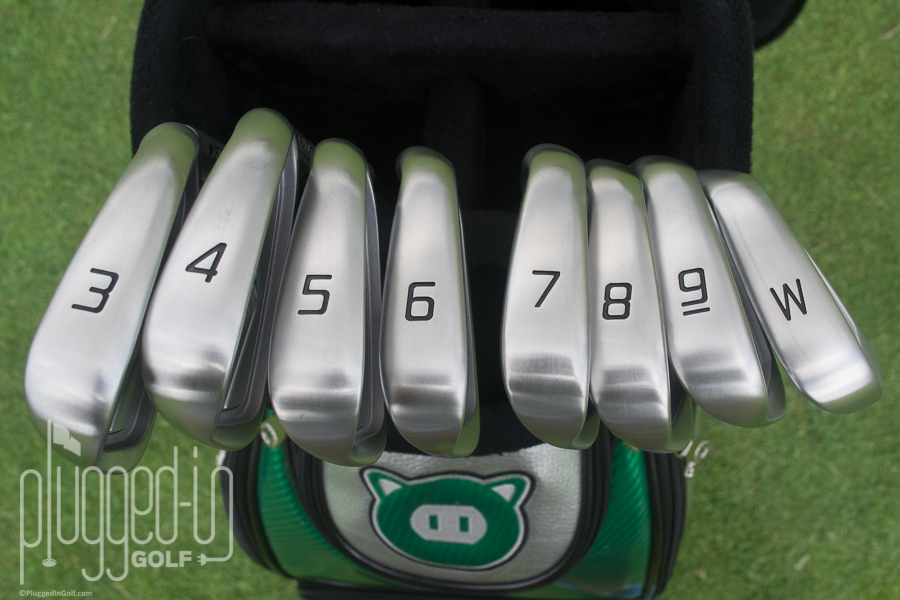
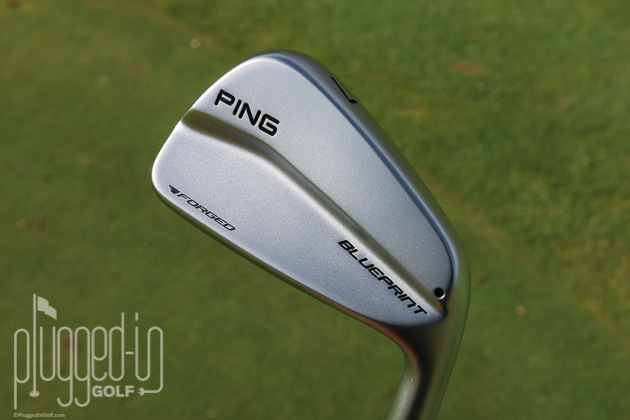
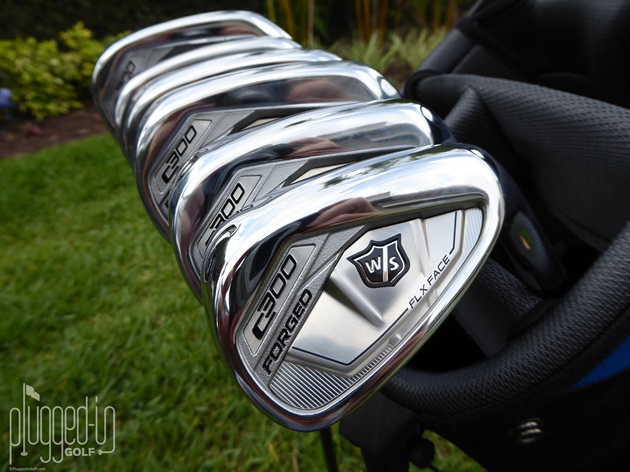
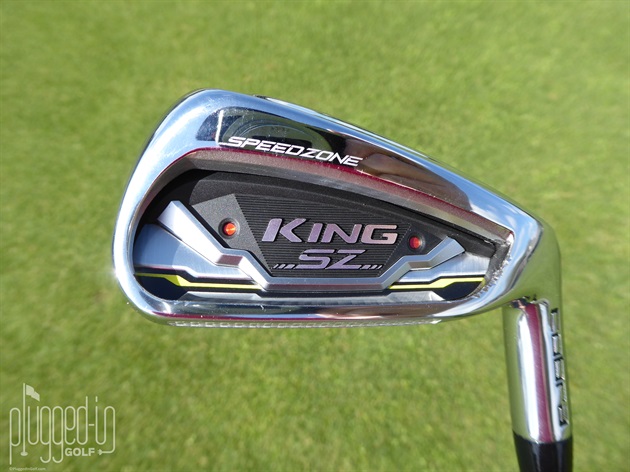

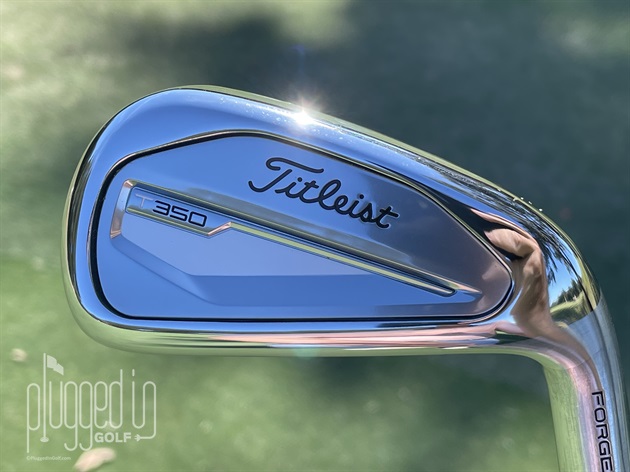
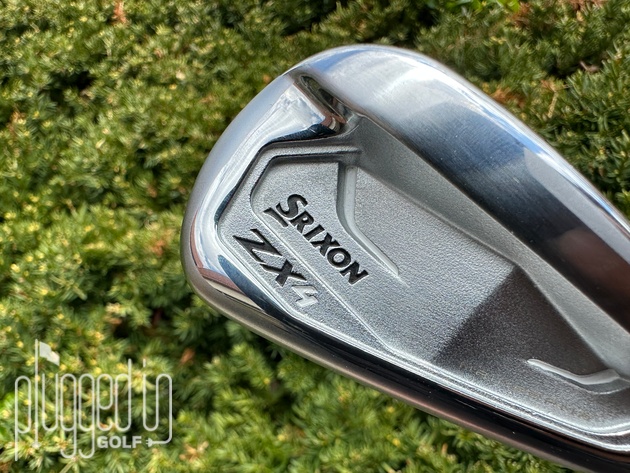









14 Comments
Matt,
As of March 2018, if it was your money and you were looking for a “players” game improvement iron from last years releases (discounted now $$), what would you buy to get the most bang for your buck?
Thanks for the great work and honest opinions.
Odie,
I’m not often in big box shops anymore, so I can’t speak to what prices are at the moment, but I would look at the PING i200 as being a first tier choice.
Best,
Matt
Great article. Agree 110%. It’s “our” game. Play with what makes you happy. So many choices out there. Try everything you can get your hands on. It’s like picking a puppy out of a litter. When you’ve found the right dog, you know.
their all good clubs Bront
I’m still playing Cleveland Ta5 irons from the early 2000’s. Starting my search for a newer set with similar characteristics. I walk and carry my bag, and really like the lighter weight of the Ta5’s. I’m 64 years old and am a 14 handicap. I have been out of touch with current equipment. Can you give me a couple of suggestions of where to begin my search?
Les,
The best advice I can give you is to book a session with a good fitter like Club Champion, talk to them about what you want in an iron, and let them show you some options.
Best,
Matt
I have a custom fitted GI set (Callaway Steelhead XR). I ran into a roadblock at 90 strokes, only scoring in the 80s a few times a year. I bought some used muscleback practice clubs (standard length, lie, loft Mizuno MP-62) to get some feedback. They sat in the back of the garage until I decided to play them a few weeks ago. I immediately started shooting in the 80s (an 8 to 14 stroke improvement virtually overnight) and haven’t looked back. 1) How could this be? I never practiced with the MP-62s but they improved my game. 2) I’m considering buying some new MBs: MP-20s, P-7MBs or Apex MBs. Any thoughts? Thanks
Daren,
That’s the beauty & madness of golf. By any logic, forgiving clubs should lead to better scores than blades, but that’s simply not the case for some people. It’s a combination of aesthetics & preference but also objective performance things like offset and CG. I’m happy to hear you found a set that’s working well for you.
BEst,
Matt
I’ve just started the maddening journey called Golf. My home club is Ravenna and it’s a difficult (at least for me) fast, “mountain” style course. I’ve been taking lessons and playing or hitting the range 2 times per week. I will do GolfTech during the winter as well. I am a very high handicapper since I literally just picked up the clubs. My goal is to accelerate through the painful beginner period with lessons. I currently play with a borrowed set of Ping G5 irons and Calloway RBX 11 Drivers. I would like a good balance of forgiveness and performance. So what’s a set of irons and drivers that will help me improve my game but also clubs that has enough performance that I can grow into as I get better. Currently I’m looking at the PXG P 5th Gen, PXG P 4th Gen and the Ping i5. Thx!
John,
My best advice is to work with a fitter to find a club that works with your swing and where you want your swing to be.
Best,
Matt
Correction….the clubs I’m considering are: PXG P or XP 5th Gen, PXG P or XP 4th Gen, Ping i525, Ping i59 and Ping G710. Thx
I’m interested in the Tacoma Iorns set, How do I contact you.
You can order Takomo clubs on their website. You can use the link in the review above.
-Matt
Your review was right on time. I am a senior currently fighting injuries and need all the help I can get. I have just about given up on my original big berthas. These sound about as forgiving as you can get. Thanks for your comments